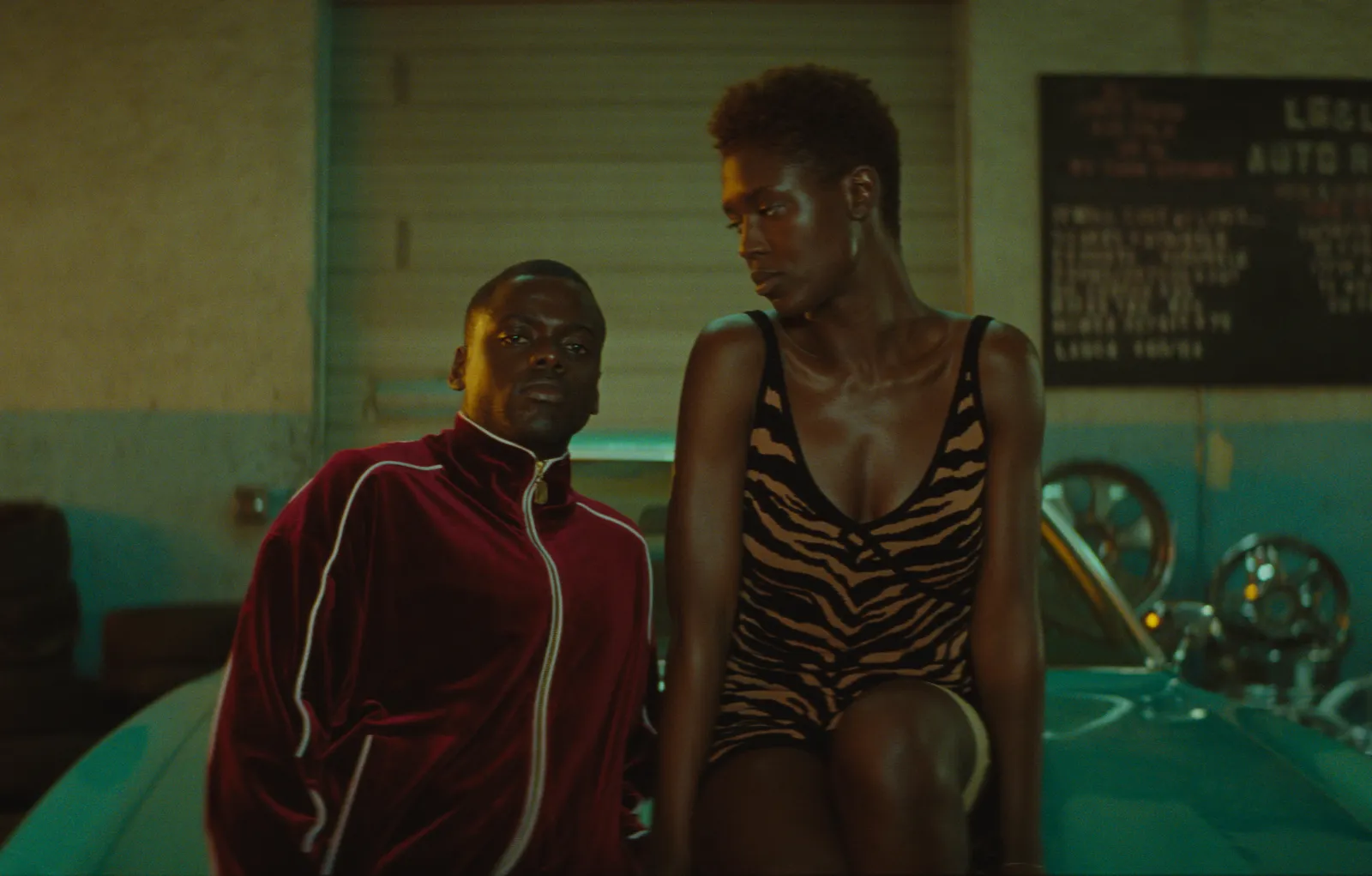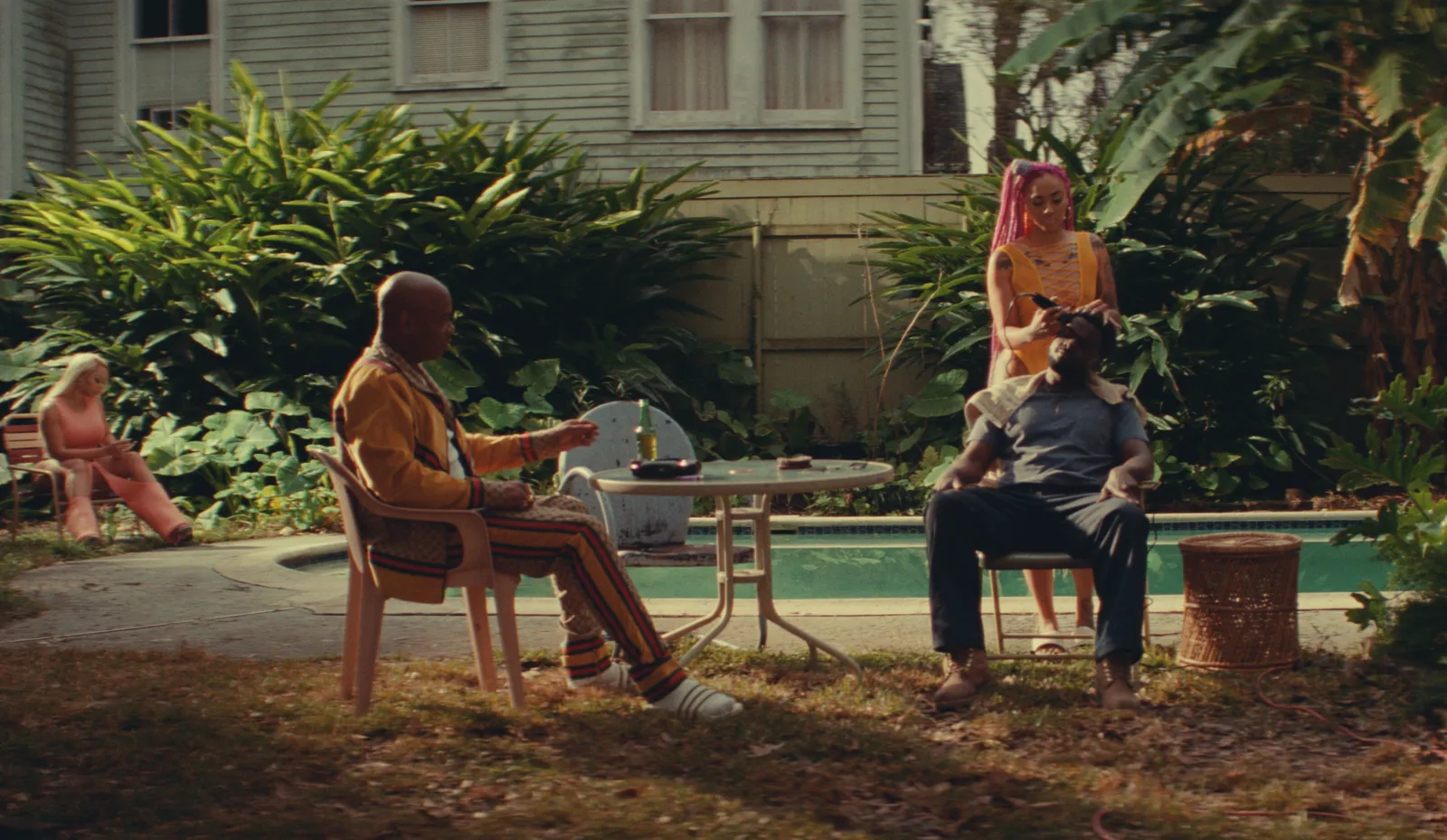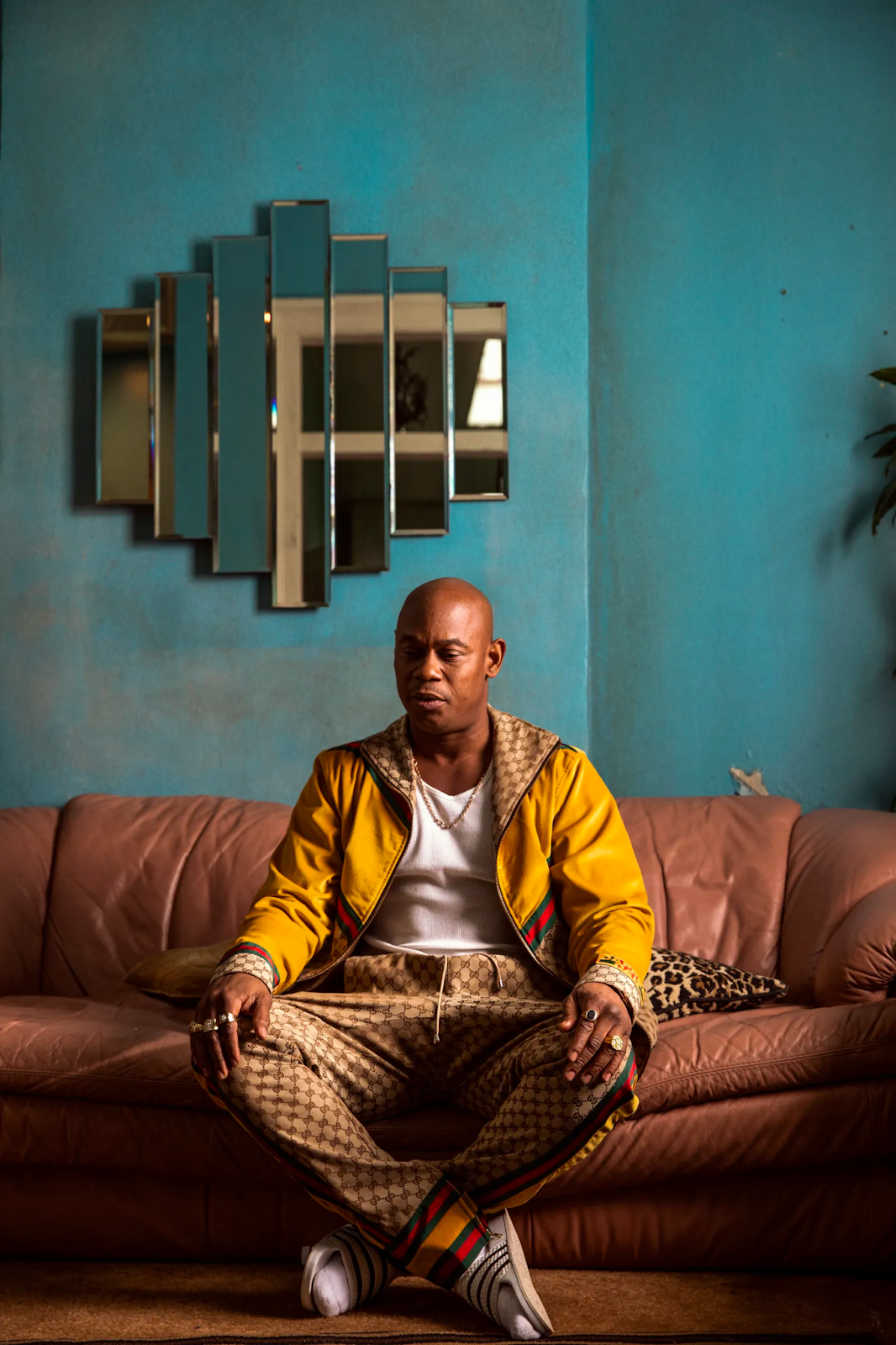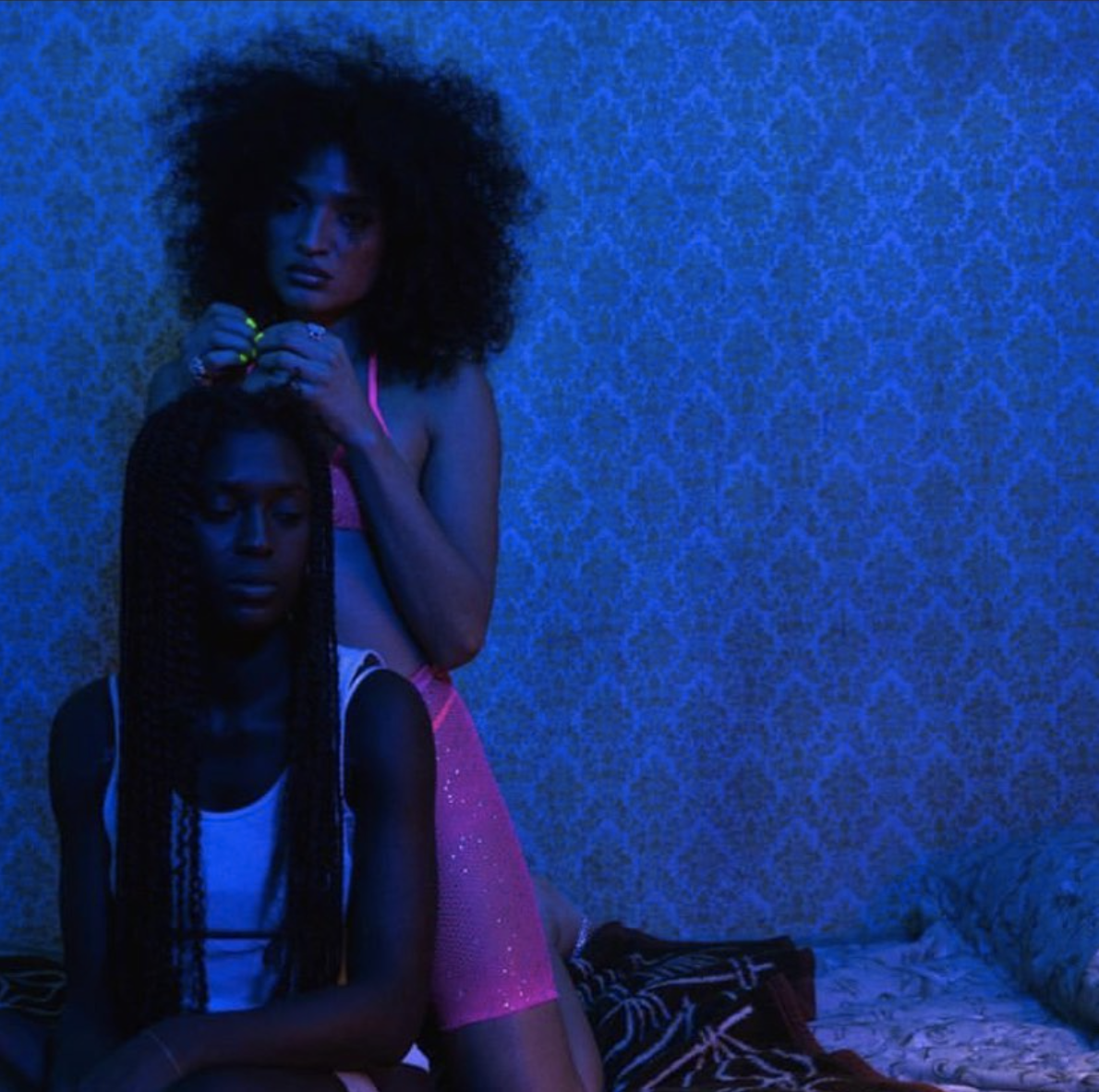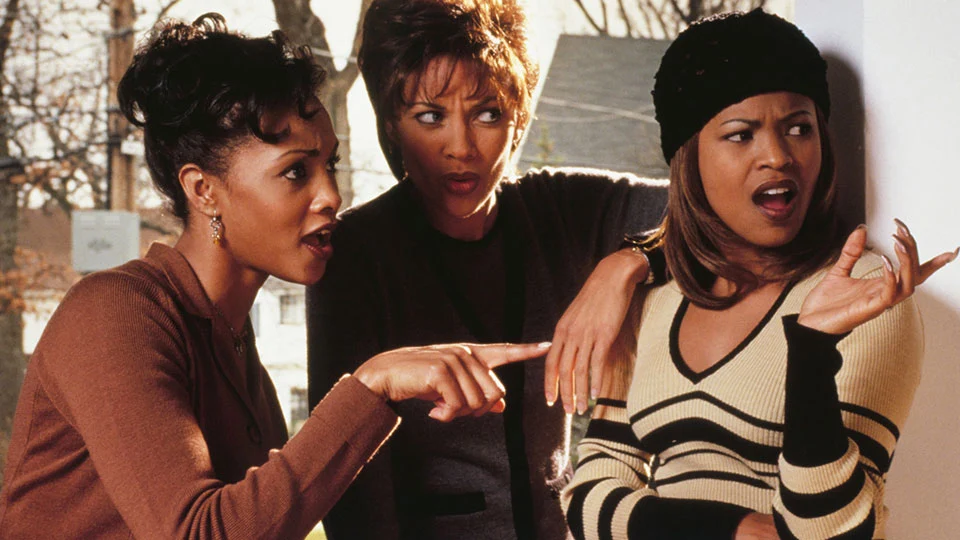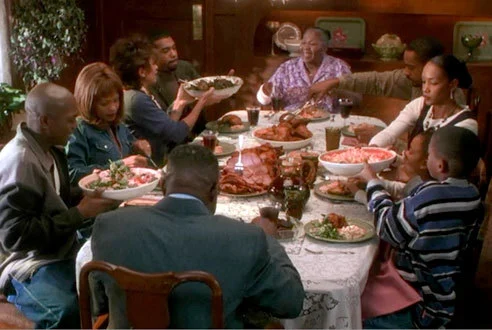The Story between the Seams: Black Love, Fashion, and Metaphor
Academy Award-winning costume designer Ruth Carter perfectly encapsulates costuming’s storytelling ability in “Black Panther.” In the Netflix series “Abstract,” she says, “people think I sew, but that’s not really what I do. What I do is tell stories.” Her use of color and African prints tells the story of African and African American culture coming together, and how their interactions, both voluntary and circumstantial, reflect Black identity.
“Black Panther” was so impactful for Black people because of the lack of Black representation in Hollywood. Luckily, in recent years, the film industry has begun to show more Black stories and highlight the work of Black creatives. However, much of the representation we see is rooted in the portrayal of Black trauma. Films like “Django Unchained” tell stories of Black love that usually intersperse the narrative with traumatic or violent scenes. The costume choices in these films differ substantially from those in films about authentic Black experiences. Two movies, one about Black trauma, “Queen and Slim,” and one about everyday Black life, “Soul Food,” use fashion in disparate ways with distinct intentions.
“Queen and Slim” is about a couple, Queen and Slim, who end up on the run during their first date after a traffic stop goes horribly wrong and Slim shoots a police officer in self-defense. This beautifully shot film features equally stunning stylistic choices by costume designer Shiona Turini, also known for costuming Beyoncé’s “Formation” music video.
For the majority of the film, Slim wears a lavish burgundy velour tracksuit with a gold chain, while Queen sports a zebra print dress and snakeskin boots. In an interview with The Cut, Turini says that she chose clothes that the characters would be able to “go to war” in. However, she did not sacrifice fashion for practicality. Her interpretation of Queen and Slim’s story and its translation into her costuming choices contradict respectability politics. In clothing, respectability politics becomes a way of presenting oneself in a way that is acceptable in the mainstream. For Black people, attempting to stick to respectability politics often falls short.
Dressing to appear respectable to the police officer would not have changed Queen and Slim’s situation. “So why not look good while they’re at it?,” Turini seems to ask.
Fashion’s storytelling role in “Queen and Slim” extends beyond the titular characters. Queen’s uncle, Earl, is the most fashion-forward in the film. In one of my favorite shots, he sits on a leather sofa sagging and creasing from old age in front of fading, turquoise-painted walls. In the middle of this rundown scene, Earl is dressed in a Gucci tracksuit with gold rings and a matching chain around his neck. The intentional aesthetic contrast of this scene shows that despite being dressed head-to-toe in high fashion, Uncle Earl cannot escape the trauma associated with poverty and police brutality.
“Queen and Slim”’s costume design is focused on providing social commentary, but “Soul Food”’s does the opposite. It’s a movie about a Black family struggling to keep their tradition of Sunday family dinners alive when their grandmother falls into a coma. This film, while built on a devastating plot, is not composed of collective Black trauma like “Queen and Slim.” It is an authentic and raw portrayal of the role of the matriarch in Black families, and it shows how food is a key part of Black culture and togetherness. The costume design in the film, done by Salvador Perez, is much more understated than that of “Queen and Slim.” The characters wear casual Sunday dinner outfits: jeans and a nice top, for the most part. The relaxed costuming for this film reflects its lack of social commentary and simulates the warmth of communing with family over dinner.
“Soul Food” showcases the daily aspects of Black life and the importance of keeping family together during tough times. It also provides an escape from stories of Black trauma and struggle which can be emotionally and mentally taxing for Black people to watch. Films about Black trauma are never truly fiction because they constantly remind Black viewers of the world we live in and struggle to navigate through.
While it’s important to tell stories about the effects of racism in Black people’s lives in an unflinching way, it is equally important, if not more important, to show that Black joy does exist. All aspects of Black culture are so richly cultivated and should be celebrated more in the film industry, and the use of fashion in costume design is a great place to start this celebration. I hope that in the future, we focus on showing the beauty of being Black and why we live in our Blackness boldly and unapologetically.
Images courtesy of Universal Pictures, 20th Century Studios

